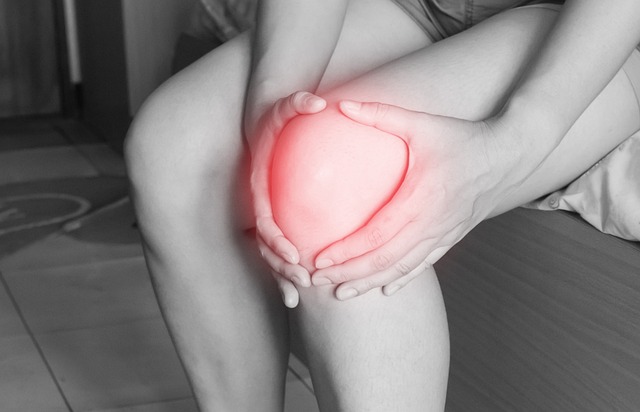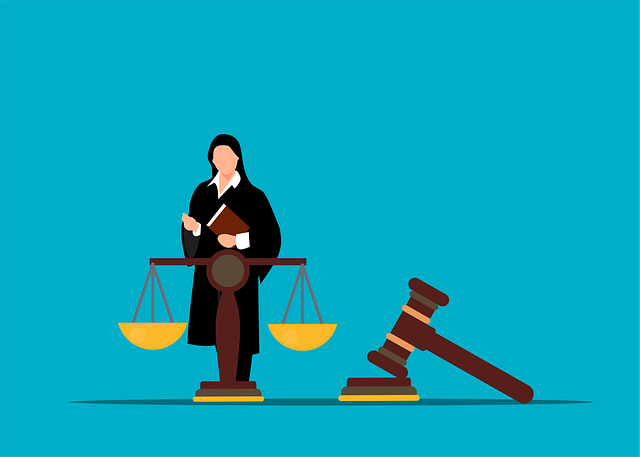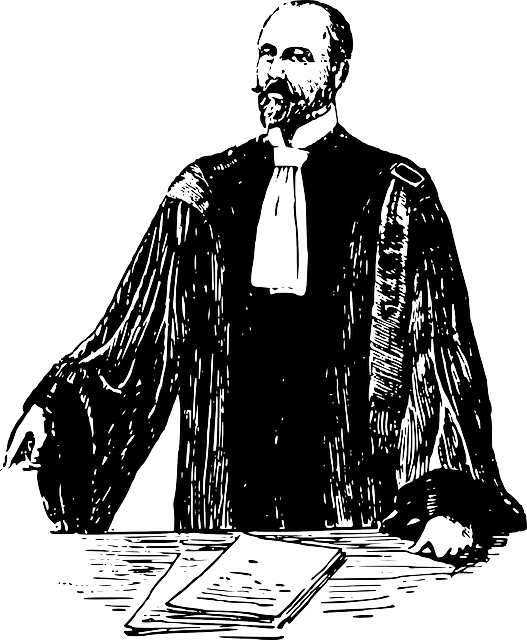Bicycle accidents can cause serious injuries, including concussions and more severe traumatic brain injuries (TBIs). These can lead to persistent symptoms, cognitive changes, physical disabilities, and long-term effects on daily life. Prompt medical intervention, legal action for neglect or wrongful death, and comprehensive care are crucial. Prevention involves helmet use, traffic rules adherence, and promoting shared road responsibility. Recovery includes medical management, rehabilitation, emotional support, and gradual return to activities. Financial stability through compensation claims complements healing processes.
Bicycle accidents can lead to serious injuries, with head injuries being among the most concerning. This compelling article delves into the complexities of bicycle accident head injuries, exploring their types, impact, and long-term consequences. We provide insights into immediate symptoms and offer guidance on prevention and recovery. By understanding these factors, cyclists and advocates alike can promote safety measures to mitigate risks and ensure better outcomes for all riders.
- Understanding Bicycle Accident Head Injuries: The Types and Their Impact
- Immediate and Long-Term Consequences: What to Expect After a Head Injury
- Prevention and Recovery: Navigating the Road to Healing and Safety Measures
Understanding Bicycle Accident Head Injuries: The Types and Their Impact

Bicycle accidents can result in a range of injuries, but head injuries are among the most serious and potentially life-altering. Understanding these types of injuries is crucial for both cyclists and the general public to grasp the severity and impact they can have. Head injuries in bicycle accidents can manifest in various forms, from mild concussions to severe traumatic brain injuries (TBIs). Concussions, often considered the ‘mild’ form, can still lead to significant symptoms such as headaches, dizziness, and cognitive issues that may persist for weeks or even months.
More severe head injuries, like TBIs, can have long-lasting effects on a person’s physical and mental health. These injuries can cause bleeding, swelling, and damage to the brain tissue, potentially resulting in coma, permanent neurological deficits, or even death. The impact of such injuries extends beyond physical pain; they can also lead to fiduciary duty breaches in terms of one’s ability to work, manage finances, and maintain relationships—a stark contrast to the active and independent lifestyle often associated with cycling. As with any accident, understanding these risks and their potential for accident compensation is vital to ensuring safety and proper care for those affected.
Immediate and Long-Term Consequences: What to Expect After a Head Injury

A bicycle accident resulting in a head injury can have immediate and long-term consequences that significantly impact an individual’s life. The severity of these effects varies greatly depending on the nature and force of the impact, as well as the area of the brain affected. Immediate symptoms may include dizziness, headaches, nausea, and blurred vision—all common indicators of a concussion or more severe traumatic brain injury (TBI). In severe cases, loss of consciousness, seizures, or even coma can occur, necessitating immediate medical attention.
Long-term effects can be equally profound, ranging from subtle cognitive changes to physical disabilities. These may manifest as memory problems, difficulty concentrating, and personality shifts—all of which can affect a person’s ability to work, maintain relationships, or participate in everyday activities. In the context of nursing home neglect or wrongful death due to such accidents, recognizing these potential outcomes is crucial for ensuring timely medical intervention and legal redress for serious injuries sustained.
Prevention and Recovery: Navigating the Road to Healing and Safety Measures

Preventing a bicycle accident head injury is paramount for both riders and fellow road users. Wearing a properly fitted helmet is an easy yet effective first step, significantly reducing the risk of severe head trauma. Additionally, understanding and adhering to traffic rules ensures visibility and predictability on the roads, minimizing potential hazards. Promoting awareness about sharing the road responsibly can foster a culture of safety, leading to fewer accidents and more harmonious interactions between cyclists and motorists.
Recovery from a bicycle accident head injury involves navigating a complex path towards healing and regaining independence. Medical professionals play a crucial role in managing symptoms, providing rehabilitation, and offering guidance on gradual return-to-activity plans. Beyond physical recovery, emotional resilience is vital. Support systems, including family, friends, and support groups, can significantly aid in coping with the aftermath of an accident. While compensation through property damage claims or accident compensation may not heal injuries, it can offer financial stability during this challenging period, ensuring individuals have resources to focus on their well-being and road to safety.
Bicycle accidents can result in serious head injuries, with consequences ranging from immediate to long-term impacts. Understanding the types of injuries and their effects is crucial for both victims and cyclists aiming to prevent such incidents. By recognizing the potential severity and taking proactive measures, we can enhance safety and ensure a faster recovery process. Always remember that prevention is key, and being aware of safety practices can make a significant difference in managing and reducing the risks associated with bicycle accidents involving head injuries.






